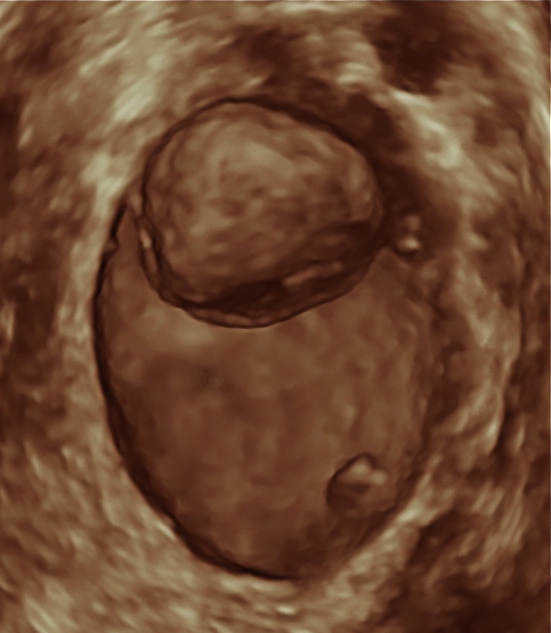 Pelvic pain is a common symptom in women of all ages. In some cases no specific cause can be found, but being reassured that there is no serious underlying problem can be helpful. Taking a full history and a conventional gynaecological examination is an important part of the assessment of pelvic pain, however an ultrasound scan can be particularly helpful. A normal ultrasound scan means that it is unlikely that there is any significant underlying problem causing the pain, in other words ultrasound has a high negative predictive value.
Pelvic pain is a common symptom in women of all ages. In some cases no specific cause can be found, but being reassured that there is no serious underlying problem can be helpful. Taking a full history and a conventional gynaecological examination is an important part of the assessment of pelvic pain, however an ultrasound scan can be particularly helpful. A normal ultrasound scan means that it is unlikely that there is any significant underlying problem causing the pain, in other words ultrasound has a high negative predictive value.
Acute Pain
Pelvic pain can be described as acute or chronic. Acute pelvic pain relates to pain that is of recent onset and may be severe. In young women there are many possible causes for this. In this situation it is important to carry out a pregnancy test as occasionally such pain can be caused by an ectopic pregnancy. Other common causes of acute pain include complications of ovarian cysts (torsion and rupture) and pelvic infection. Even ovulation can cause a surprising amount of discomfort.
A scan is helpful to clarify the situation as ultrasound will demonstrate most ectopic pregnancies and identify complications of ovarian cysts as well as see some tubal problems associated with pelvic infection. It must be remembered that acute pelvic pain is not always of gynaecological origin. Appendicitis, gastroenteritis, and urinary infection are just some of the conditions that need to be considered in this situation.
Previous Pelvic Infection
Longstanding or chronic pelvic pain may have different causative factors to acute pain, although there may be some degree of overlap. Again for women with chronic pain, a normal scan means that it is very unlikely that there is any serious underlying gynaecological problem. Previous pelvic infection may lead to chronic pain and be associated with the presence of swellings of the fallopian tubes (hydrosalpinges). These can usually be demonstrated by ultrasound. Inflammation may also lead to the formation of adhesions. These cannot generally be seen with ultrasound, but their presence may be inferred if there is reduced ovarian mobility, fixed areas of fluid within the pelvis or tenderness at the time of the scan.
Endometriosis
However a condition called endometriosis is perhaps one of the most common causes of chronic pain. Women with endometriosis may have a typical type of cyst in the ovary (endometrioma’s). They also tend to have pain in specific areas at the time of a scan as well as rather reduced ovarian mobility. For a definitive assessment a procedure called a laparoscopy is often performed in these circumstances to visualise the presence of endometriosis directly in the pelvis. As with acute pain other non-gynaecological causes of pain such as irritable bowel syndrome (IBS) or diverticulitis must be considered.
Fibroids
Less commonly fibroids may be a cause of chronic pain. This can occur when the inside of the fibroid undergoes degeneration. Pain is more likely when the fibroid is attached to the uterus by a thin stalk. Such fibroids are called “pedunculated” and can be associated with the fibroid twisting on its blood supply (torsion).
